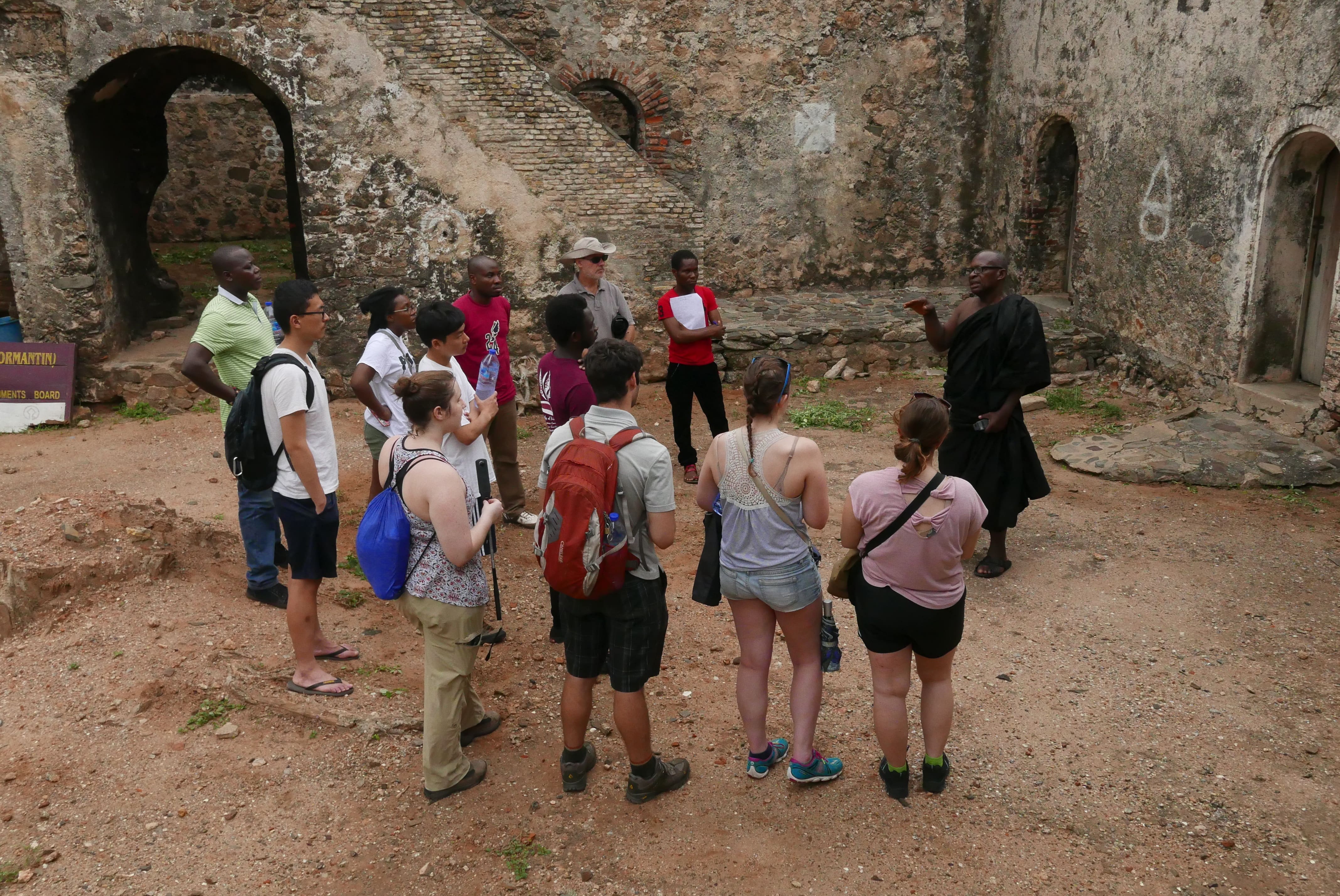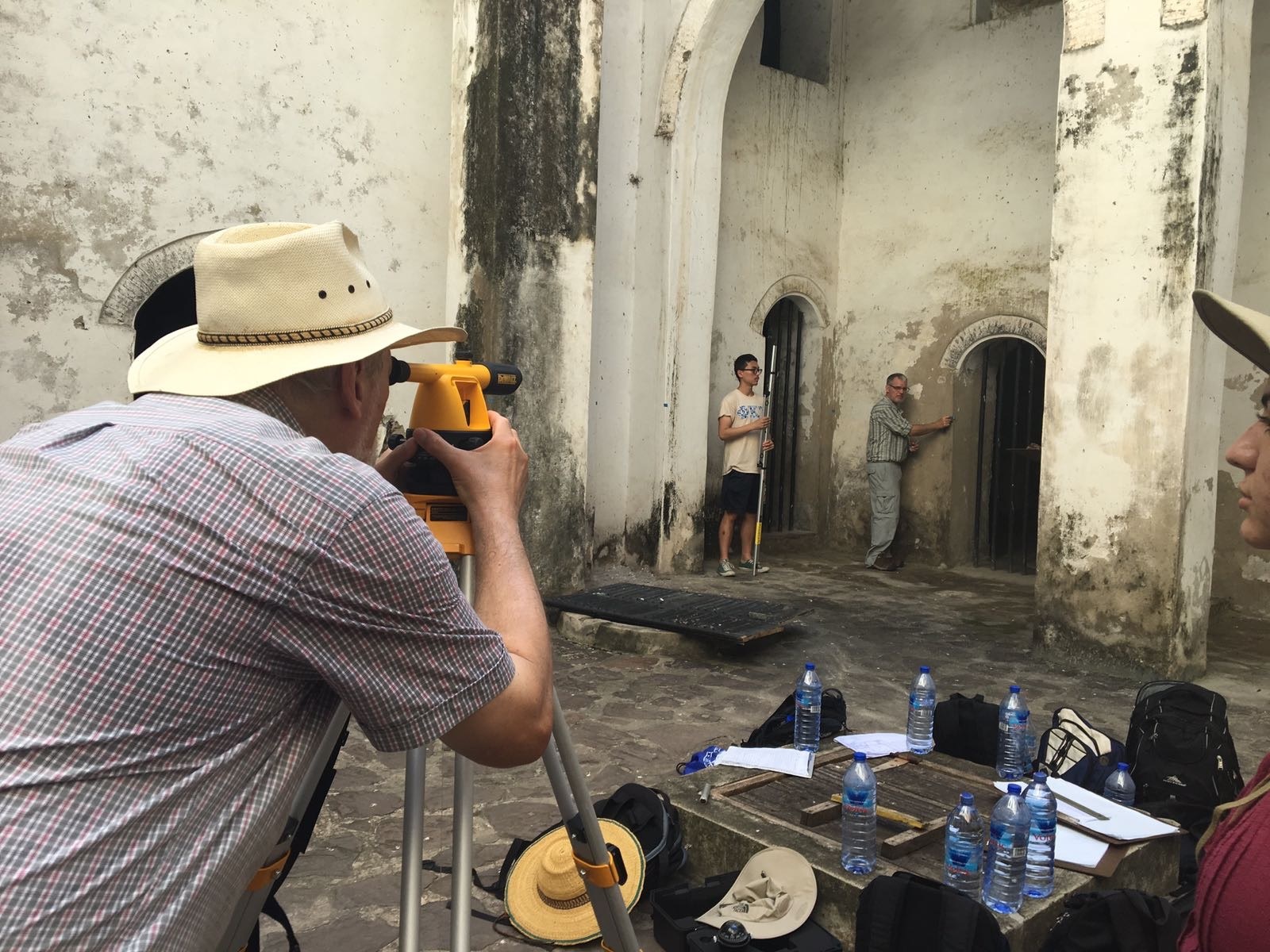Archeology, Technology, and Historical Structures (ATHS) is one the multidisciplinary programs offered at Rochester. That means it incorporates aspects of the natural sciences, social sciences, and humanities, and that students choose to weight their course load in one direction or the other for it to count as either a natural sciences, social sciences, or humanities major or minor.
The students in the ATHS program are truly some of the most impressive at Rochester. Many choose to double major—popular combinations are studio art, computer science, and anthropology. Most participate in at least one summer semester of field school. (Professor Renato Perucchio leads a program in Ghana, Professor Michael Jarvis in Bermuda, and Professor Elizabeth Colantoni in Italy.) Many ATHS students participate in the Take-5 program after their senior year. And most go on to graduate school, often getting into competitive master’s and PhD programs!
When the ATHS program was first created in 2008, its founders expected it to be a “small niche program,” not a full department. But in just under ten years, it has already grown so much. ATHS is thriving. Most of the students who study archaeology here came to Rochester for that reason—because Rochester has one of the best programs! It provides students a strong foundation to go on to any aspect of archaeology, in both academics and industry. This is possible because of three main factors.
1. Commitment to being multidisciplinary

The first is ATHS’s commitment to being multidisciplinary. Other schools may call their program multidisciplinary, but few achieve that mission to the extent Rochester does. Not only is the program multidisciplinary, but the individual courses themselves—and the faculty who teach them—integrate material from all forms of study. The summer field schools are a perfect example. Students simultaneously learn how to render sophisticated 3D models, interview local residents, dig through ancient archives, and more! Even more importantly, they discover how these are all interconnected, how the pieces fit together to reveal a complex whole.
2. Commitment to research

The second factor is ATHS’s commitment to research. From the beginning, students are absolutely immersed in opportunities. Over the course of their undergraduate career, they participate in research to a degree comparable to a graduate program, and this gives them the skills and experience to have an edge when applying to graduate school!
3. Commitment of the faculty

The third important factor leading to the success of the ATHS program is the commitment of the faculty to their students. The sense of community and support described to me by the students of the ATHS department is truly inspiring. Despite the fact that the faculty members are overwhelmed by their own research, rather than neglect their students, they open up their world and allow students to help with the research on a sophisticated level. The faculty members take the time to teach their students everything they need to know.
Perhaps this dedication is best represented by the fact that Professor Perucchio makes a point of meeting with any prospective student who expresses the slightest in interest in ATHS. He often meets with them and their parents during campus visits and tries to get to know them very well. From that point on, Perucchio considers himself the student’s advisor and mentor. When the student comes to Rochester, he suggests courses, connects them to research opportunities, and introduces them to other faculty members who could also serve as mentors. He listens to them and helps them discover their passion.
When students declare their ATHS major in their sophomore year, the program requires them to write a reflection about their advising experience so that the department can continue to improve and best support students. This is a true representation of what Rochester is about: Meliora—ever better!

